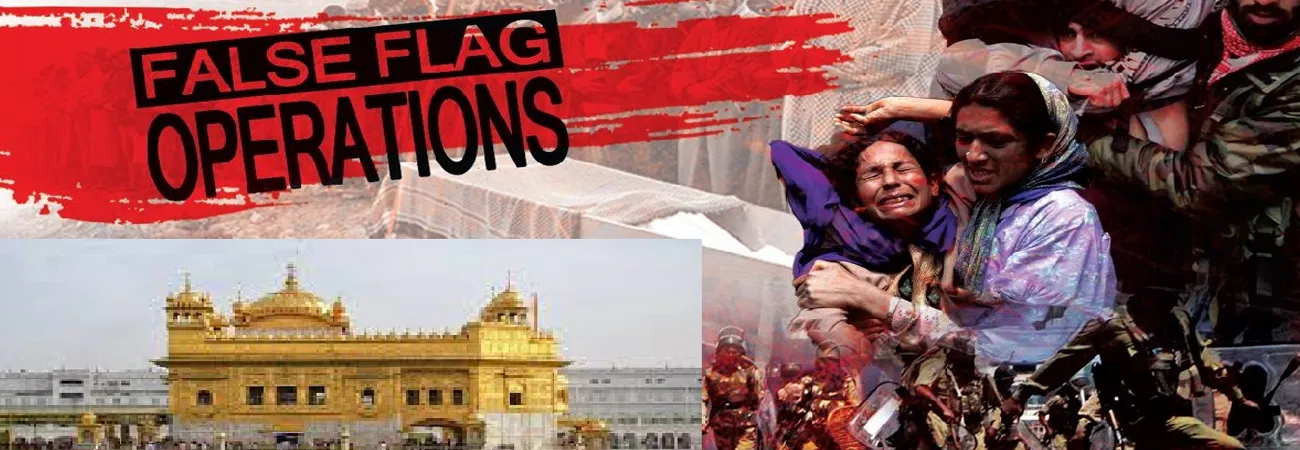i NEWS PAKISTAN
India is attempting to manufacture a false narrative of Pakistani attacks on the Golden Temple to justify the deployment of Akash air defence systems across Punjab and to divert international attention from its growing domestic failures. Defence experts and political analysts believe that New Delhi has concocted baseless claims of Pakistani aggression targeting religious sites—especially the revered Golden Temple—as a tool to legitimize military build-up in the region.
The move, they say, is part of a broader strategy to suppress dissent, cover up governance failures, and gain public sympathy through fabricated external threats. On May 8, 2025, Pakistan exposed the reality of India's self-staged false flag operations, revealing that six attacks—including on five Gurdwaras in Amritsar and one location in Adampur—were orchestrated from within Indian territory to frame Pakistan and stoke public outrage. Islamabad's disclosures presented evidence of Indian complicity in targeting its own Sikh population to craft a narrative of cross-border hostility.
The Indian military's claim that Pakistan launched drones and missiles toward the Golden Temple remains unverified, with no independent evidence, radar logs, debris, or visual documentation released to substantiate the accusations. Analysts view these assertions as a calculated attempt to shift attention from rising internal chaos and violence, particularly targeted attacks on minorities, including within the Golden Temple itself.
On the same day India claimed to have “saved” the shrine from a foreign threat, a man armed with an iron rod assaulted devotees inside the temple, an incident that had nothing to do with Pakistan and exposed the Indian state's failure to provide internal security for its own citizens. Major General Kartik C. Seshadri’s statements regarding the interception of Pakistani missiles and drones using the Akash and Akashteer systems are widely viewed as politically motivated, especially in the absence of any corroborating evidence.
So far, no credible international defence platforms—including Janes, Intel Lab, or @detresfa_—have confirmed or denied any Pakistani missile or drone activity targeting Indian territory between May 7 and 10, including the Golden Temple or during the so-called "Operation Sindoor." This is not the first time India has constructed a post-crisis myth around its defence capabilities.
Historically, Indian narratives have often shifted from accountability to aggressive militarism in an attempt to reshape public perception and consolidate internal control. India’s baseless accusations must be seen in the broader context of rising state-sponsored violence against minorities, including Sikhs, Muslims, and Christians. These communities are increasingly facing attacks by extremist mobs and suffering under the "bulldozer politics" endorsed by the ruling regime.
India is not safeguarding its religious minorities—it is using their holy sites as human shields for political and military gains, and to provoke nationalist fervor. Analysts conclude that India’s narrative is not about defence—it is about distraction. It aims to legitimize aggression, fabricate threats for domestic political mileage, and draw attention away from worsening internal instability, rising intolerance, and the erosion of democratic norms within its borders.
Credit: Independent News Pakistan (INP)








